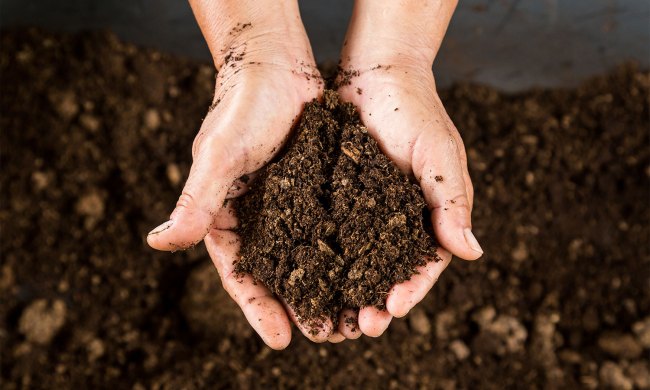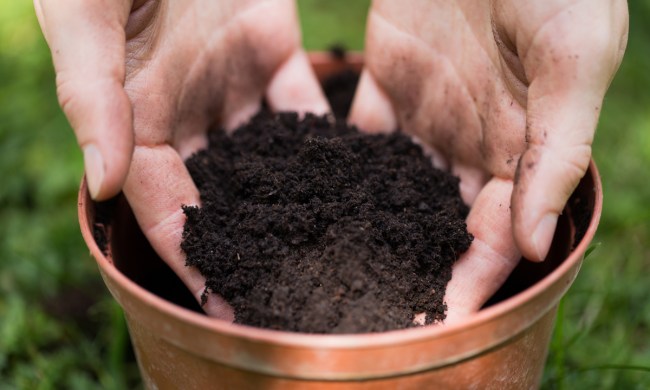Just like humans, plants need food to stay healthy and strong. Fertilizers give plants full-sized leaves, healthy roots, and vibrant flowers. Without sufficient soil nutrients, plants will grow very slowly, developing weak stems and pale leaves. Fertilizer helps make up for what the soil may be lacking, so that your garden has a balanced diet to grow and thrive.
When choosing your fertilizer, you might have noticed something on the label called an NPK ratio. If you’re wondering what that means and how to use it to choose the best fertilizer for your plants, we have the answers.
What is NPK’s meaning in plant fertilizing?
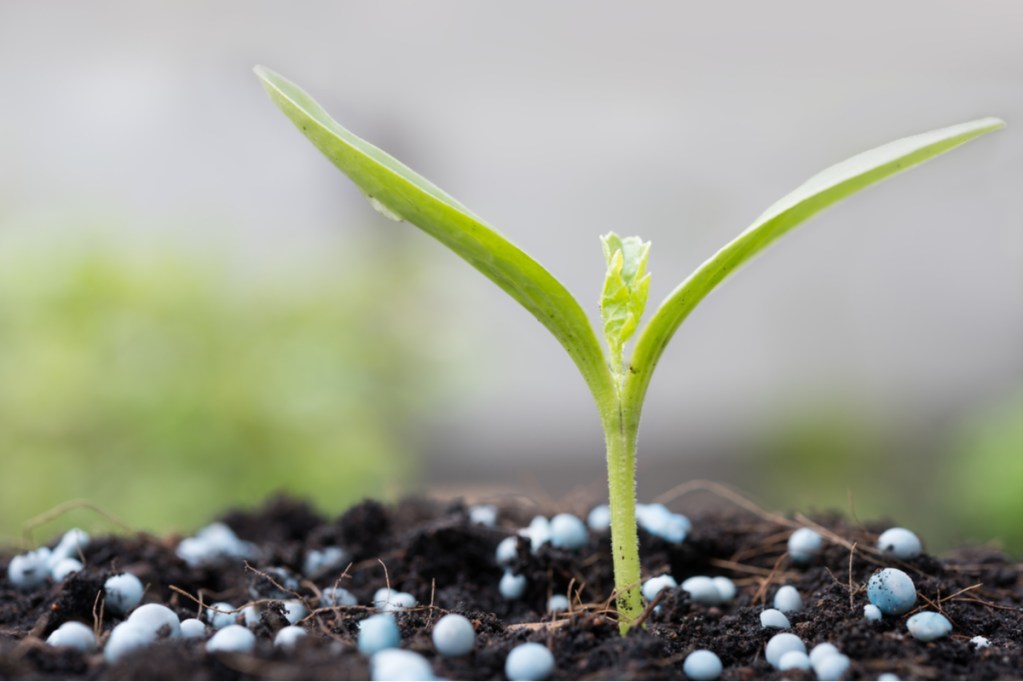
With fertilizers for gardening, you will find the NPK ratio as three numbers on the packaging. The NPK ratio refers to the assigned percentage of nitrogen (N), phosphorus (P), and potassium (K) by weight in a plant food formula. While plants need other nutrients, these are the most important elements to ensure healthy foliage, root, and fruit development.
So how does the ratio break down? A 10-10-10 ratio would contain, for instance, 10% of each element. However, you’ll want to be careful with the math. Here’s an example: 100 pounds of a 10-10-10 formula has the same NPK analysis as 200 pounds of a 5-5-5 formula. Both are examples of a balanced fertilizer, which is to say, all the elements are assigned the same percentage.
Fertilizers can come as slow-release granules, spikes, or liquid formulas. You’ll usually dilute fertilizer or mix slow-release granules in your soil, and the nutrients will break down into your potting mix over time.
Nitrogen
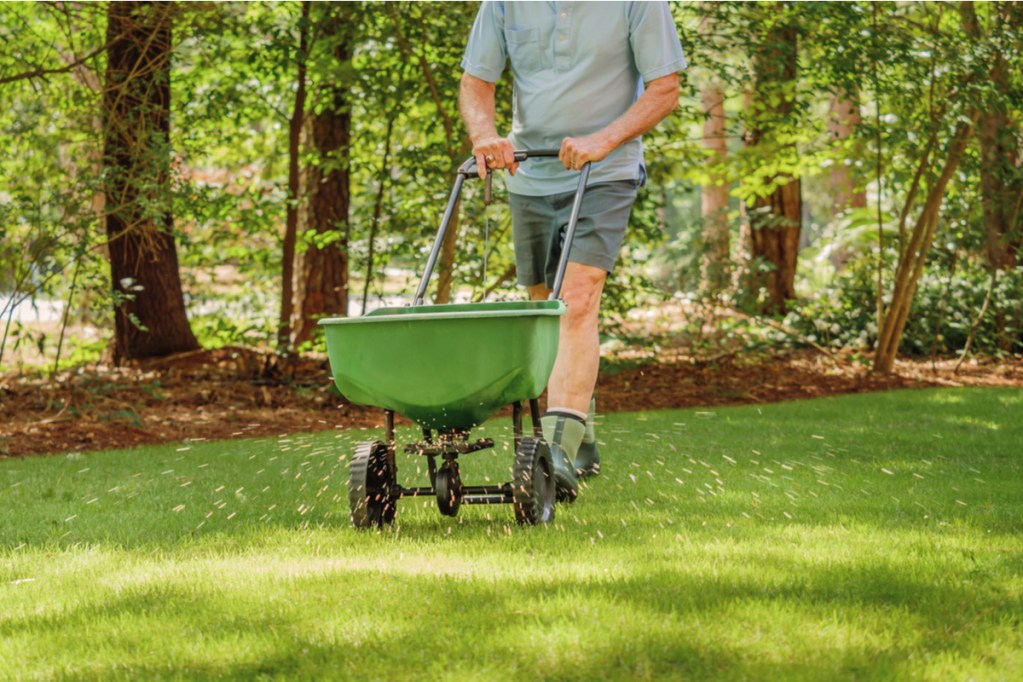
Nitrogen is necessary for foliage growth and photosynthesis, so it’s a must for healthy leaves. It’s especially important for vegetation, leafy plants, and grass to grow rapidly and produce dark, green foliage. With insufficient nitrogen, plant foliage will look pale and small. But keep in mind that if you’re growing fruit, too much nitrogen may redirect your plant’s focus toward producing foliage rather than setting fruit.
Nitrogen fertilizers
When a fertilizer has a high nitrogen concentration, you’ll know that it’s geared toward producing leaves and foliage — think a 30-0-0 ratio for lawns and 11-7-7 ratio for evergreen shrubs. Often, you’ll notice standard lawn fertilizers are very high in nitrogen so they adequately support lush, green grass growth.
Phosphorus

Phosphorus aids plants in producing strong roots and stems as well as vibrant flower colors. It’s especially an important element for plants that you’re trying to permanently establish in your garden. Without sufficient phosphorus, you may have small plants with little to no flowers. With phosphorus-heavy fertilizers, you want to be careful about how much you apply and when you apply. If you apply phosphorus-heavy fertilizer right before it rains, the fertilizer can end up polluting local waterways by decreasing oxygen levels and suffocating fish.
Phosphorus fertilizers
You can buy fertilizers with a high phosphorus ratio, but you can also fortify your plants with bone meal, which contains 20 to 25% phosphoric acid and has an NPK ratio of 3-15-0. Fish bone meal is another high phosphorus fertilizer — you may find it in a 4-17-0 ratio.
Potassium
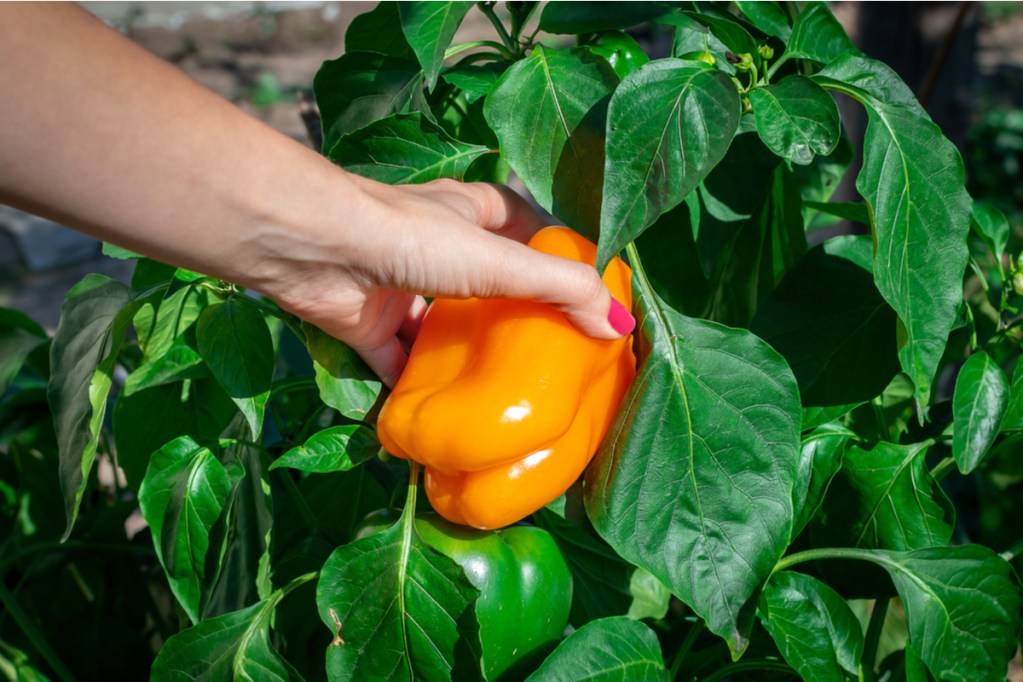
Potassium helps plant cells maintain turgor (or rigidity), so it supports resistance against plant disease as well as harsh conditions, such as frost and drought. Potassium also helps with flowering and fruiting, making a great addition to plants during periods of active growth.
Potassium fertilizers
In fertilizers, potassium can be found in a water-soluble form, or potash (think 0-0-22 or 0-0-60). You can also find potassium in organic fertilizers, wood ash, and manure. Potassium-forward fertilizers include flower (3-4-5) and tomato (3-4-6) fertilizers that you can apply to your plants during the growing season.
Other important plant nutrients
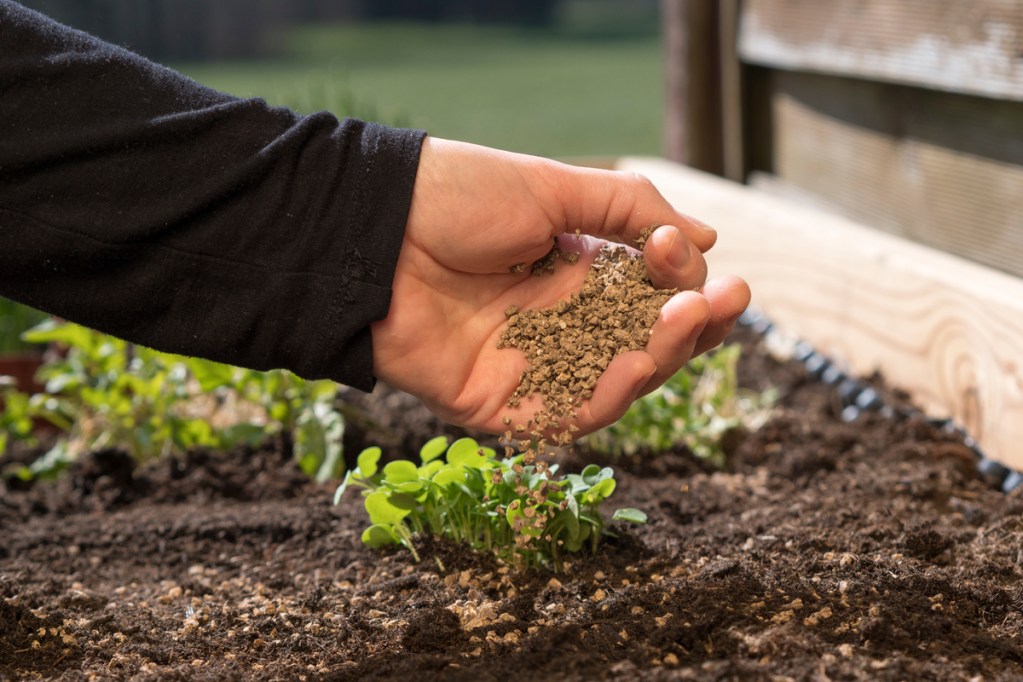
While NPK elements are some of the most important plant nutrients, your plant needs other ones, too. Here are a few to keep on your radar:
- Magnesium: Plants need magnesium for chlorophyll, which is the green coloring they need to undergo photosynthesis and create food from sunlight. Magnesium also helps plants take up nitrogen.
- Iron: Iron helps plants with chlorophyll production, and it’s an important element in various processes in plants.
- Sulfur: Sulfur assists plants with forming proteins. It also gives certain plants their flavors — think onion and garlic.
- Calcium: Calcium aids with cell wall formation in plants, thus helping them maintain their structure.
How do you fertilize your plants properly?

To figure out if your soil is deficient in any nutrients, you can perform a soil test, which indicated your soil pH and nutrient levels. The simplest way to do this is to use an over-the-counter soil testing probe or kit, but you can get more accurate results with a lab test through your county. Once you know your nutrient levels, you can select the appropriate fertilizers for your plants.
When you grow your plants outside, the roots can reach down into the soil to access nutrients. In a container indoors, you have a limited reservoir of nutrients, so it’s important to stay on top of fertilizing. But you don’t want to overfertilize your plants, which can burn their roots and foliage. Generally speaking, plants will usually come with pre-fertilized soil. Over time, these nutrients will be used up or leached out, so you’ll want to give your plants some fertilizer throughout the growing season. During the dormant season around fall and winter, you can stop fertilizing to allow your plants to rest.
Follow the instructions on your fertilizing packaging to avoid burning your plants — this means carefully measuring out granules or diluting a liquid formula per the instructions. You should only apply fertilizers to wet soil.
Are there any differences between synthetic and organic fertilizers?
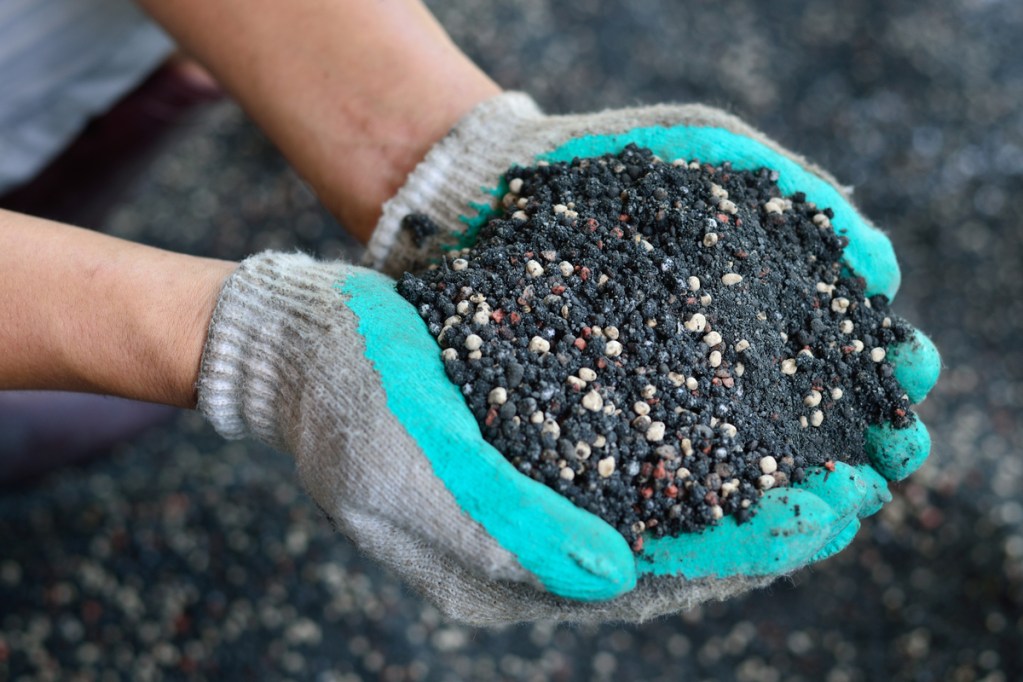
Generally speaking, synthetic fertilizers, which feature chemically manufactured formulas, have a higher NPK analysis and deliver nutrients faster than organic fertilizers. This can make them helpful for heavy feeders as well as potted houseplants. However, synthetic fertilizers can tend to be harsh while also leaching out easily.
Taken from natural materials, organic fertilizers are usually incorporated into soil a few times a year. Rich in organic matter and great for soil texture, they tend to work slowly but last longer, so you don’t have to apply them as often as you would with synthetic fertilizers.
What is the rest of the fertilizer?

Now that you know that NPK stands for the percentages of “nitrogen, phosphorus, and Potassium,” you might be wondering what makes up the rest of the fertilizer. If you have a fertilizer with an NPK ratio of 10-10-10, for example, that means 30% of the fertilizer is made up of nitrogen, phosphorus, and potassium. What is the other 70%?
The exact contents vary from fertilizer to fertilizer, but in general, they are filler ingredients. The word filler sometimes gets a bad reputation, but these ingredients actually serve an important purpose. They reduce the risk of overfertilization, help ensure an even distribution of nutrients, and generally make the fertilizer easier to spread. Without the filler, gardeners would have to be extremely careful with the amount of fertilizer, sprinkling only the smallest amount across the soil. It wouldn’t be impossible, but it would be much trickier. These filler ingredients are sometimes also a source of micronutrients or provide additional benefits.
The next time you pick up a bag or bottle of fertilizer, take a look at the NPK ratio. Now, you’ll know what the numbers mean and how they match up with your plant’s needs during the growing season.


